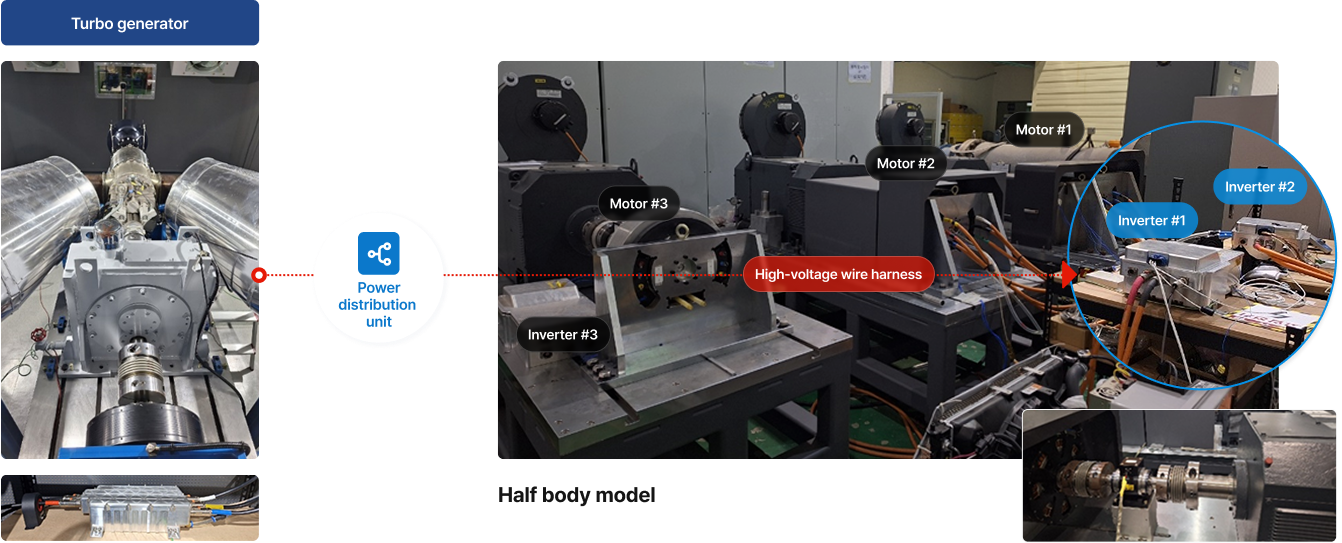

As concerns grow over the impact of fossil fuel use on climate change, advanced nations are actively developing eco-friendly aircraft based on hybrid electric propulsion systems.
Since 2010, the Korea Aerospace Research Institute has actively pursued the development of hybrid electric propulsion systems for future air vehicles. In 2011, a high-efficiency electric propulsion system combining solar cells, fuel cells, batteries, and an active power management system was applied to the stratospheric solar-powered UAV, EAV-2. In 2012, KARI successfully demonstrated continuous flight exceeding 25 hours with the solar- and battery-powered EAV-2H.
In 2015, KARI became the first in Korea and the third in the world to achieve stratospheric flight at an altitude of 18.5 km with 12 hours of continuous operation using the EAV-3 stratospheric solar-powered UAV. The vehicle was equipped with domestically developed battery packs and drive motors designed to operate in extreme high-altitude environments, in combination with ultra-light solar panels mounted on its wing structure. Beginning in 2016, KARI initiated research on a hybrid electric propulsion system combining a small reciprocating engine, generator, and battery. By 2018, it developed a hybrid system for a 48 kg-class quad tilt-prop UAV and successfully doubled the conventional battery-only flight duration from 30 minutes to one hour. Recently, KARI successfully developed core components for the electric propulsion system of the future Optionally Piloted Personal Air Vehicle (OPPAV), as well as a lightweight 150 kW-class electric propulsion system.
Since 2021, KARI has been developing an integrated hybrid electric propulsion system based on gas turbines for long-range and high-speed eVTOL and eCTOL aircraft. Following system design, analysis, component development, and subsystem testing, a full-scale ground test rig was completed at the end of 2024, and integrated performance evaluations are currently underway.
Hybrid Electric Propulsion System for 4–5-Seater Advanced Air Mobility eVTOL
- A propulsion system with a maximum output of 700 kW capable of enabling flights from Seoul to Busan (approximately 350 km)
Stratospheric Solar-Powered UAV EAV-3
- Wingspan: 20 m (Fuselage length: 9 m), - Takeoff weight: 53 kg, - Cruising speed: 25.2 km/h, - Maximum speed: 43 km/h
